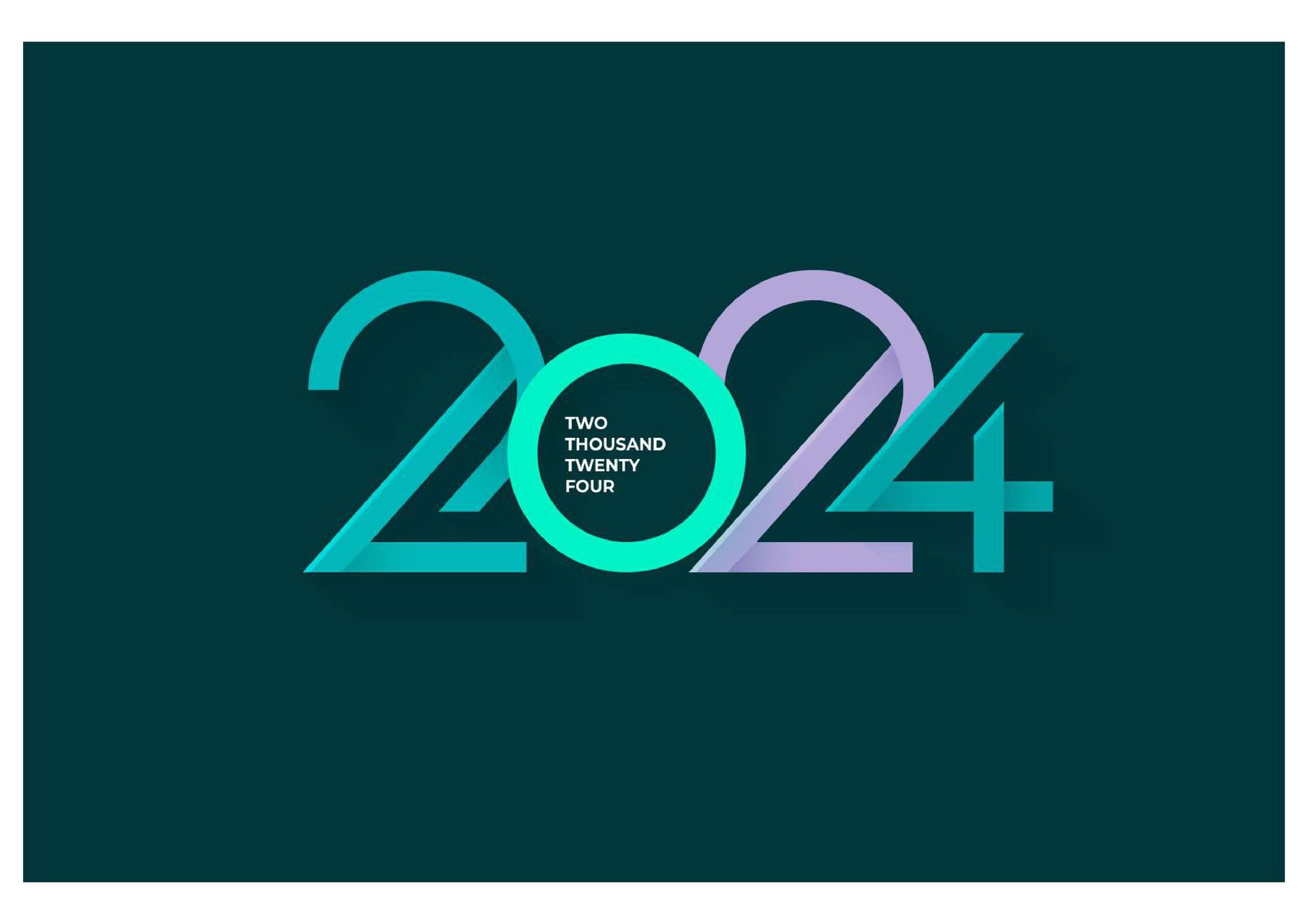Thought Leadership: What It Is, What It Isn't, and How to Do It
If thought leadership is not yet in your plans, think again. This tried and true PR strategy has suddenly become popular again, at least in Brazil. We hope it stays that way!
Thought leadership is PR at its core, it’s the essence of our work. It's something we love to do at SmartPR.
So we thought of writing this blog post because we realized there’s some confusion among PR folks about the difference between thought leadership and organic content, such as blogs and managing executive profiles on social networks. We try our best to clarify.
So what is thought leadership after all?
It is a PR strategy that consists of curating and sharing the company's expertise through its spokespersons who, in turn, become thought leaders. But not just any kind of expertise. We’re talking about unique, unexplored, educational, and useful information for the survival of a sector, a business, or even humanity. The goal of a thought leadership program is to build brand authority.
What is not thought leadership?
The answer is in the first paragraph. It is not about ghostwriting social media profiles of spokespeople and executives. It is not about positioning an executive as a good leader, although this may be good for the company’s employer brand and for her own career.
Rather, it’s about sharing with the market, including competitors, the company’s expertise, on unique and relevant themes.
Famous examples of thought leadership programs
Mayo Clinic is a US-based health network founded in 1846 and known for having the best hospitals in the world. In 2001, it created a medical information site for consumers, even if few of them are lucky enough to be patients in the network. The site is now one of the main sources of medical content. The latest Semrush data shows that, from April to June 2023, the site had more than 168 million visits.
Large international consultancies are excellent examples of Thought Leadership programs. Deloitte, for example, conducts research and analysis on topics that impact and influence IT leaders, in all sectors and industries, bringing the cultural and economic context as a complement. An example of how it shares its content is the annual Tech Trends report, always published in December. And the Deloitte Insights blog.
5 tips on how to build your company's thought leadership strategy:
- Research the topics covered by competitors. Doing this on the nail is tricky, but good PR agencies have digital tools to gather this type of information. What are the main market trends? What are the most common themes of blog texts, LinkedIn, keywords? What is the opinion of the most important CEOs in the sector on the themes? What are the points that competitors reinforce? What do industry analysts say? What scientific research is there? What predictions are there about the topic? What do business consultants say? What is nobody saying that your company should be?
- Identify themes related to the company's long-term purpose or vision, industry, sector, or industry. For example, a thought leadership strategy theme for a global supermarket chain could be the role of healthy eating in the sustainable development of emerging countries. A car insurance company may have urban mobility as its theme.
- Validate the selected themes with your management team. It is essential that the CEO and his or her team are fully committed to the thought leadership strategy, because, after all, they will be the thought leaders. If the company is international or global, it is possible that there is already a list of topics, in these cases, make sure that they are also strategic for your market.
- Carefully curate original, proprietary information that can be shared widely. A good agency can and should suggest content formats and communication activities, such as whitepapers, proprietary research, own events, podcasts or webinars. But don't expect your PR agency to create expert content from scratch. Your company should take that on. Depending on the industry, discuss your ideas with BI or research and development folks.
- Create a communication plan for your strategy. The plan may include: a topic-specific blog, research releases, exclusive media interviews, signed articles, Ted Talks, participation in industry events, podcasts, creation of proprietary events, lectures at universities, and, of course, posts on LinkedIn in the profiles of the company and its main spokespersons.
The difference between reputation and authority
Reputation is the set of perceptions that people have about a brand, about a person or a company. It covers several aspects. For example, when you are treated poorly, your reputation suffers. When a product breaks within the first week you buy it, the brand gets a reputation for poor quality. Authority is defined by the blog The Content Authority as the level of expertise, knowledge and influence that a person or organization has on a topic or a sector. Another way to use the term authority today is in terms of analyzing the SEO effectiveness of websites and domains. The more organic traffic and backlinks the site has, the better it ranks in authority, from 1-100.
Therefore, the objective of thought leadership must be to generate authority, which undoubtedly contributes to building the company's positive reputation.
But don't expect or promise short-term results. Authority takes time, it's a marathon, not a 100m sprint. To get there, roll up your sleeves and start following some of the tips we put here.
If you need help, count on SmartPR. We’re passionate about thought leadership.


















